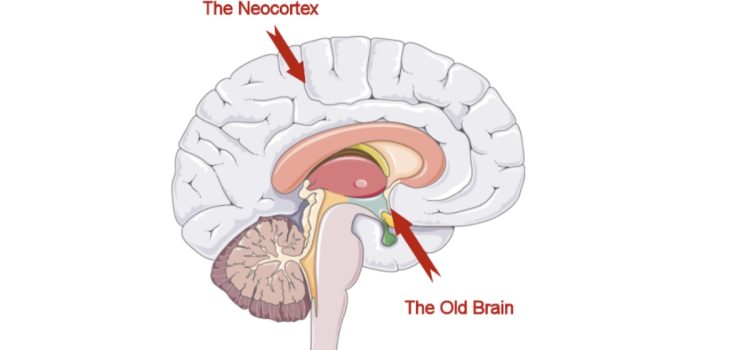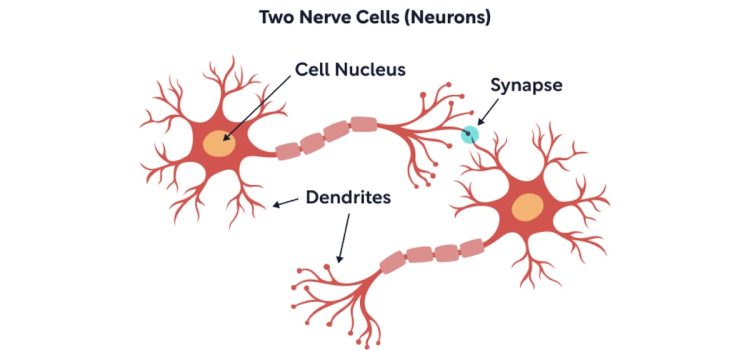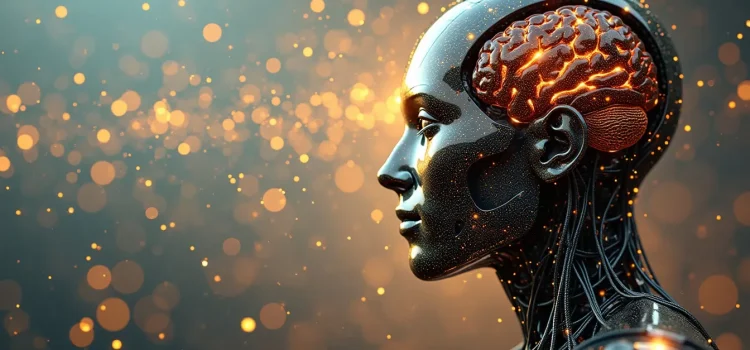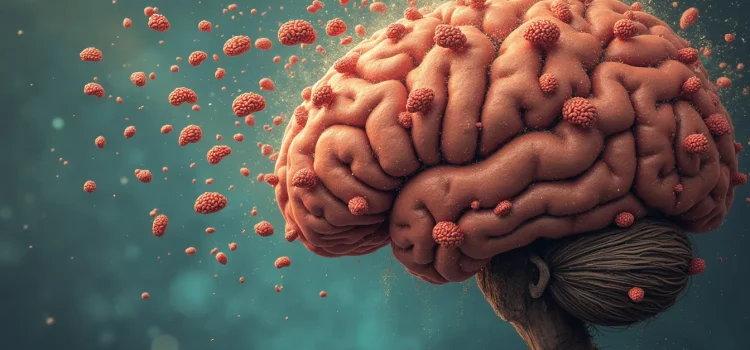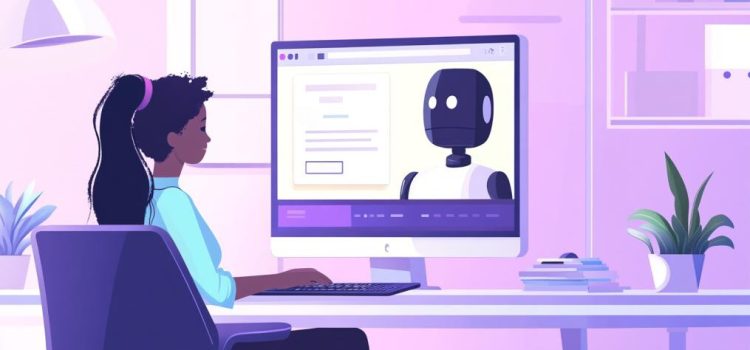Do you know how your brain processes information? What role do the primitive parts of your brain play in your everyday life? In A Thousand Brains, neuroscientist Jeff Hawkins explores the relationship between the Old Brain and the neocortex. He explains how these two parts work together to shape our understanding of the world and enable intelligent behavior. Continue reading to discover how your ancient brain structures influence your modern thoughts and actions.
The Old Brain: A Neuroscientist Explains Why We Need It
